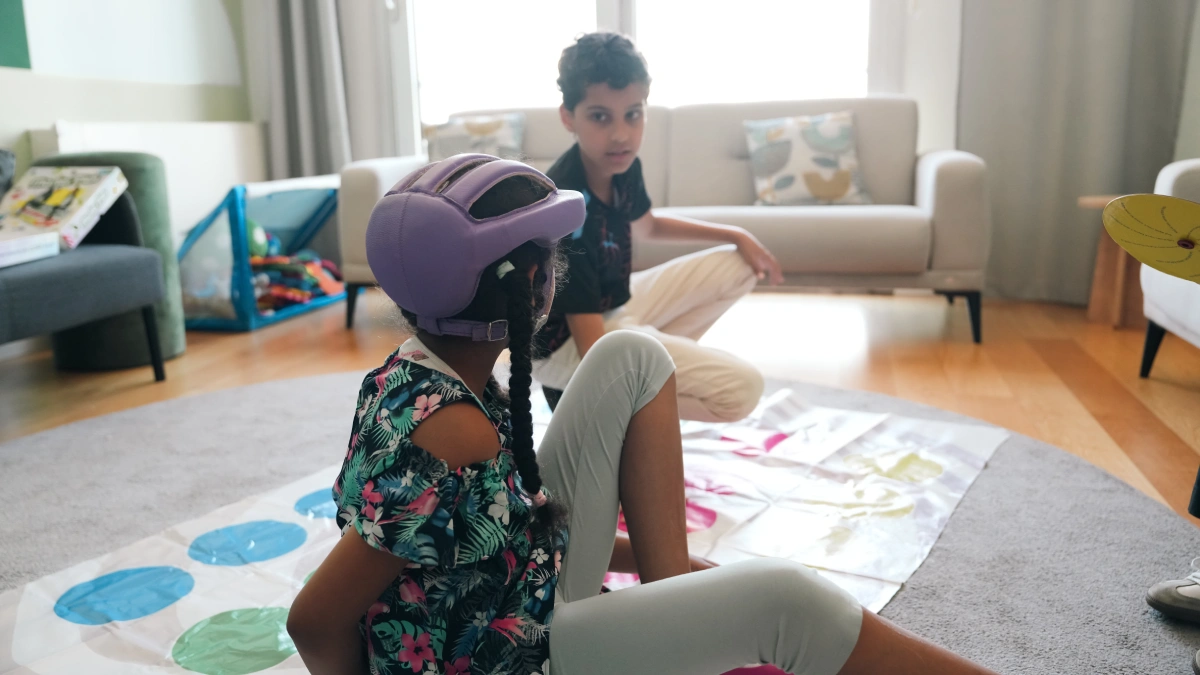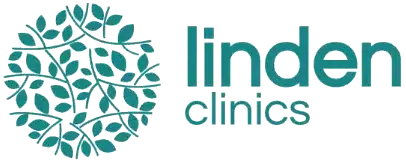Table of Contents
Introduction: Nature’s Botanical Detox Allies
When it comes to maximizing the outcomes of advanced treatments like stem cell therapy, reducing the body’s toxic load plays a critical role. This is where seaweed and leafy greens come into play. They offer natural support for heavy metal removal, oxidative stress reduction, gut health, and anti-inflammatory balance.
For individuals with autism, incorporating these foods alongside a gluten-free, casein-free, sugar-free diet may enhance therapeutic responses and overall wellness.
1. Nutrient Density That Supports Detox Organs
Both seaweed and leafy greens are loaded with micronutrients that support detox organs like the liver and kidneys:
- Seaweed (Spirulina, Chlorella): Rich in B12, iron, chlorophyll, gamma-linolenic acid (GLA), and iodine
- Leafy Greens (Spinach, Chard, Kale): Contain folate, magnesium, vitamin K, and fiber
These nutrients enhance enzymatic detoxification processes and cellular regeneration.
2. Natural Support for Heavy Metal Detox
Heavy metal accumulation—especially mercury and lead—is common in individuals with autism and can impair the effectiveness of stem cell therapy.
- Chlorella has a unique ability to bind heavy metal ions and aid in their excretion.
- Spirulina indirectly supports detox through its antioxidant and immune-modulating properties.
Clinical Note:
Numerous animal and lab studies demonstrate that chlorella may reduce the body’s toxic metal burden. However, it should be seen as a complementary, not a primary, detox strategy.
3. Antioxidant Defense for Cellular Protection
Oxidative stress is central to both autism-related inflammation and neurodevelopmental challenges. Seaweed and greens are rich in compounds such as:
- Vitamin C, E, beta-carotene, flavonoids
- Chlorophyll, particularly concentrated in chlorella and spinach
These antioxidants support cellular health and create an internal environment more favorable for the success of stem cell therapies.
4. Fiber-Powered Gut and Toxin Elimination
Leafy greens contain both soluble and insoluble fiber, which:
- Stimulates bowel movement, supporting toxin elimination through stool
- Acts as a prebiotic, promoting microbiome balance and gut integrity
Tip:
Adding one handful of fresh spinach or 1 teaspoon of chlorella powder to daily meals can significantly benefit gut health.
5. Anti-inflammatory Effects Supporting Brain and Body
Spirulina, kale, and arugula contain phytonutrients that help lower inflammation.
- Phycocyanin (in spirulina) has shown to reduce inflammatory cytokines like IL-6 and TNF-α
- Polyphenols in greens offer long-term support against chronic inflammation
Scientific Insight:
Reducing neuroinflammation in individuals with autism can potentially increase the effectiveness of stem cell interventions.

Scientific Summary: What the Research Says
| Functional Area | Scientific Findings |
| Heavy Metal Detox | Chlorella may help bind and remove toxic metals like mercury and lead |
| Oxidative Stress Reduction | Spirulina and greens enhance antioxidant levels and reduce free radical damage |
| Inflammation Modulation | Kale and spirulina may reduce inflammatory cytokines |
| Gut Health | High fiber and prebiotics in greens promote microbiome diversity and regularity |
Who Can Benefit – and Who Should Be Cautious
Ideal Candidates:
- Preparing for stem cell therapy
- Individuals with autoimmune issues or gut permeability concerns
- Those exposed to pollution, heavy metals, or chronic stress
Caution Is Advised If:
- Thyroid disorders: High-iodine seaweeds (e.g., kelp, wakame) should only be consumed with medical guidance
- On blood thinners: Leafy greens high in vitamin K (spinach, kale) may interfere with medication
- Pregnancy & breastfeeding: Should be discussed with a healthcare provider before introducing new supplements
Easy Ways to Incorporate Greens and Seaweed Daily
- Breakfast: Green smoothie with 1 tsp spirulina, fresh spinach, apple, lemon
- Lunch: Chard or kale salad with olive oil and lemon
- Dinner: Vegetable soup with nori or wakame flakes
- Throughout the day: Warm water with lemon or herbal tea
Frequently Asked Questions (FAQ)
Is seaweed safe for children?
Yes, chlorella or spirulina can be used in small age-appropriate amounts, under professional supervision.
Can seaweed replace nutritional supplements?
No. These foods are supportive but do not replace multivitamins or essential supplements.
How long should such a detox be followed?
Typically, a 4–6 week cycle is a good starting point. It can be repeated intermittently.
Is this approach recommended for all children with autism?
No. Children with allergies, thyroid imbalances, or other chronic conditions require personalized consultation.
Conclusion: Small Choices, Big Impact
Supporting stem cell therapy doesn’t rely solely on medical interventions—nutrition is key. Seaweed and leafy greens offer an accessible, effective, and safe addition to a holistic care plan. When used mindfully and consistently, they can help create an internal balance that enhances treatment success.

